The Helsinki procedure for borderline and combination medical devices
- Posted On- 10 Feb 2022
Having a clear understanding of the classification of devices is crucial for medical device manufacturers to bring new products to market. There are certain products, such as an eye drop, which is said to be a combination of a medical device and medicinal product. Recognizing the device classification for such borderline and combination products is often challenging. The Helsinki Procedure resolves this issue for such borderline and combination products.
What is Helsinki Procedure?
The World Medical Association has developed the Declaration of Helsinki as a statement of ethical principles to provide guidance to physicians and other participants in medical research involving human subjects. Medical research involving human subjects includes research on identifiable human material or identifiable data.
When to follow Helsinki Procedure?
Whenever there exists a conflict on classification of combination or borderline cases (Borderline cases are those cases where it is not clear from the outset whether a given product is a medical device, an in vitro diagnostic medical device, an active implantable medical device or not) Helsinki Procedure is the one to rely on.
How is Helsinki Procedure Performed?
Various interpretations of community law arise, which can endanger public health and distort the internal market. Both issues tend to be of utmost importance to Member States and the Commission. Therefore, the Commission believes it is important to facilitate a communication between regulatory agencies and the industry posing different interpretations.
To end the fuss, the BCWG comprised of Commission services, experts of Member States and other stakeholders who are supposed to meet on a regular basis to discuss borderline and classification cases to ensure a uniform approach. The borderline and classification assemble to provide a forum to exchange opinions, and possibly reach a general agreement.
- The procedure involves flowcharts along with suitable explanations that provide both an overview and the detail of the procedure, which generally comes into action when a borderline or classification issue is identified by a national competent authority (CA) which is difficult to be resolved by reference to the MDR/IVDR, published guidance documents, or by precedent.
- The procedure offers 6 major types of flows A-F which are followed depending upon the criteria and in what follows the ‘MDCG Borderline & Classification Working Group’ refers to the group’s members and ‘extended MDCG Borderline & Classification Working Group’ refers to the group’s members and observers.
To authorize consultation among competent authorities (CAs) on borderline and classification issues concerning medical devices, and to make sure that appropriate guidance is published in the Manual on Borderline & Classification for Medical Devices (the Manual), the Borderline & Classification Working Group (BCWG) of the Medical Devices Coordination Group (MDCG) has updated the ‘Helsinki Procedure’, in June 2021. The aim of this procedure is to resolve the challenges posed when it comes to classification of Borderline and combination products and enhance the process of decision-making, creating a timeframe and transparency. Most decisions should now be made within a six-month timeframe. Therefore, making the process flexible, responsive, and proportionate regulation of medical devices.

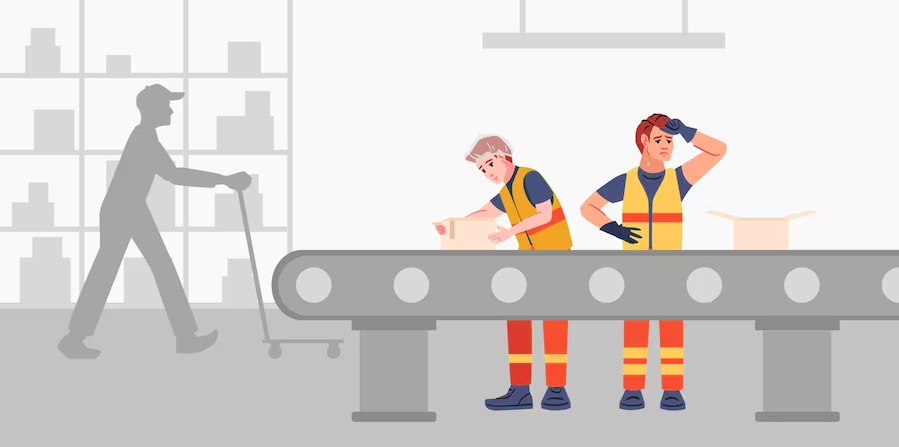
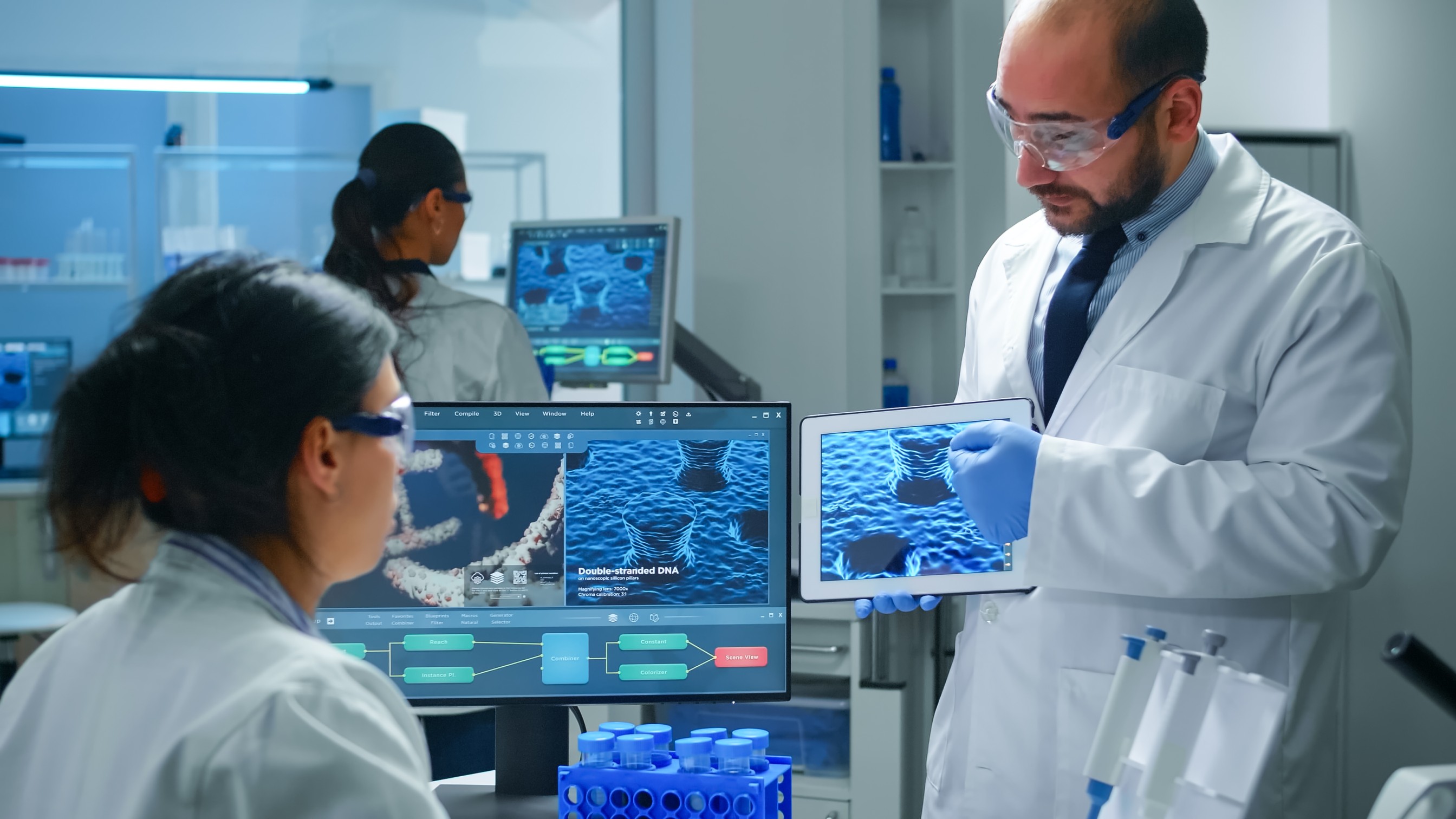

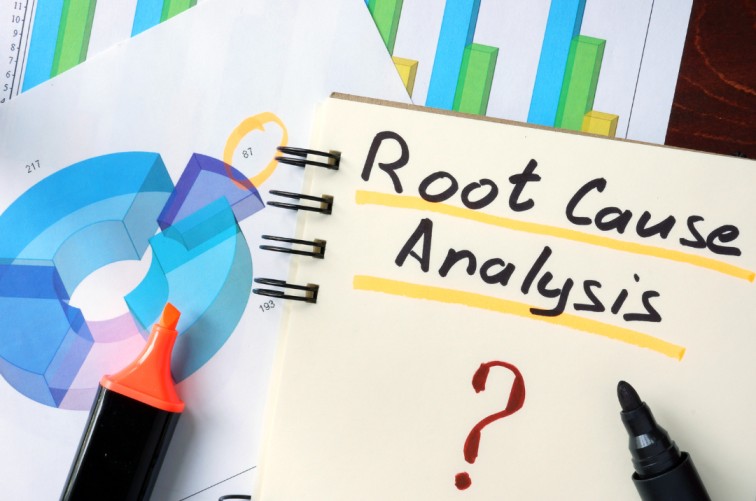
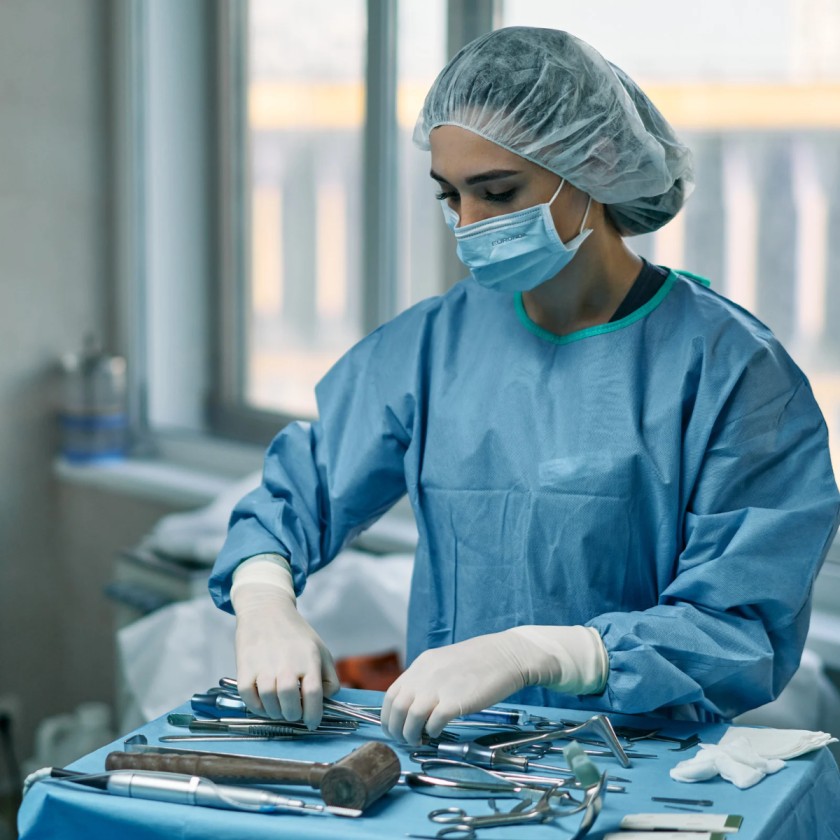

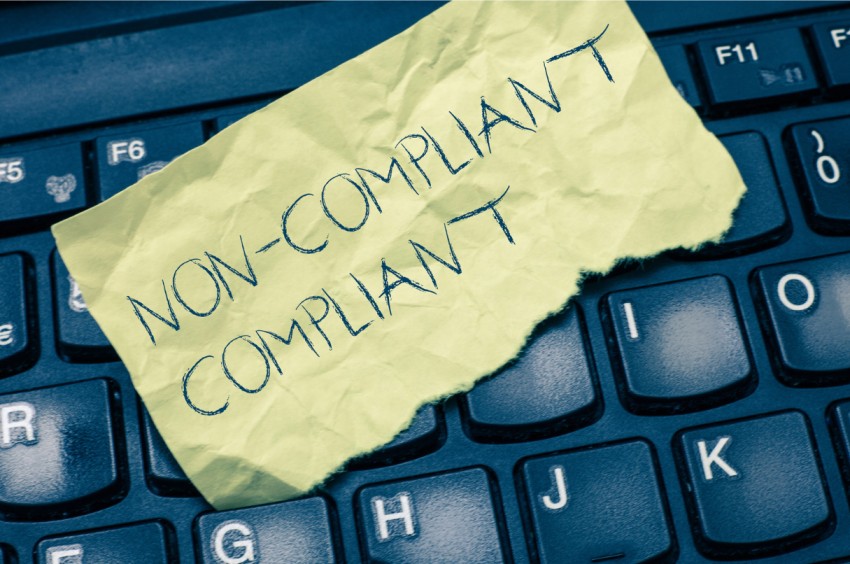

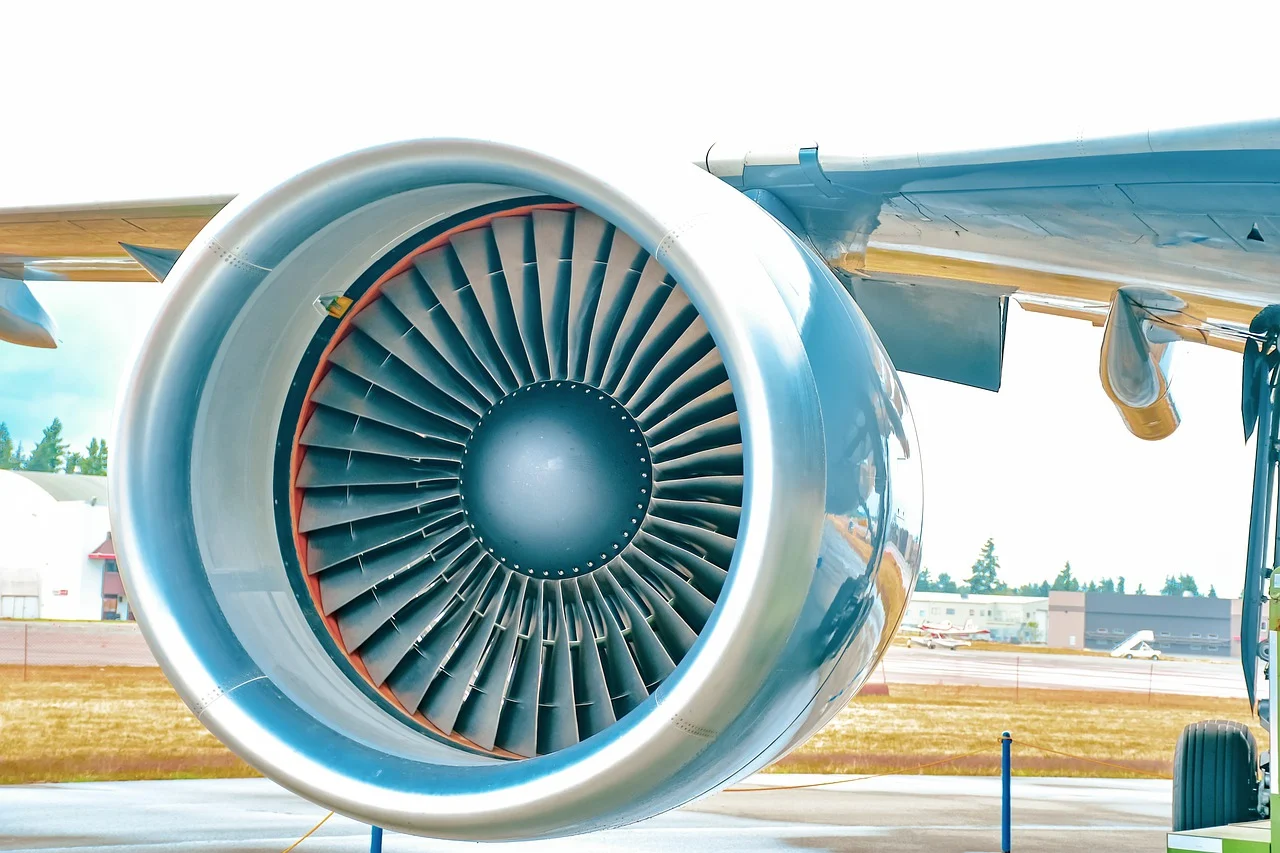
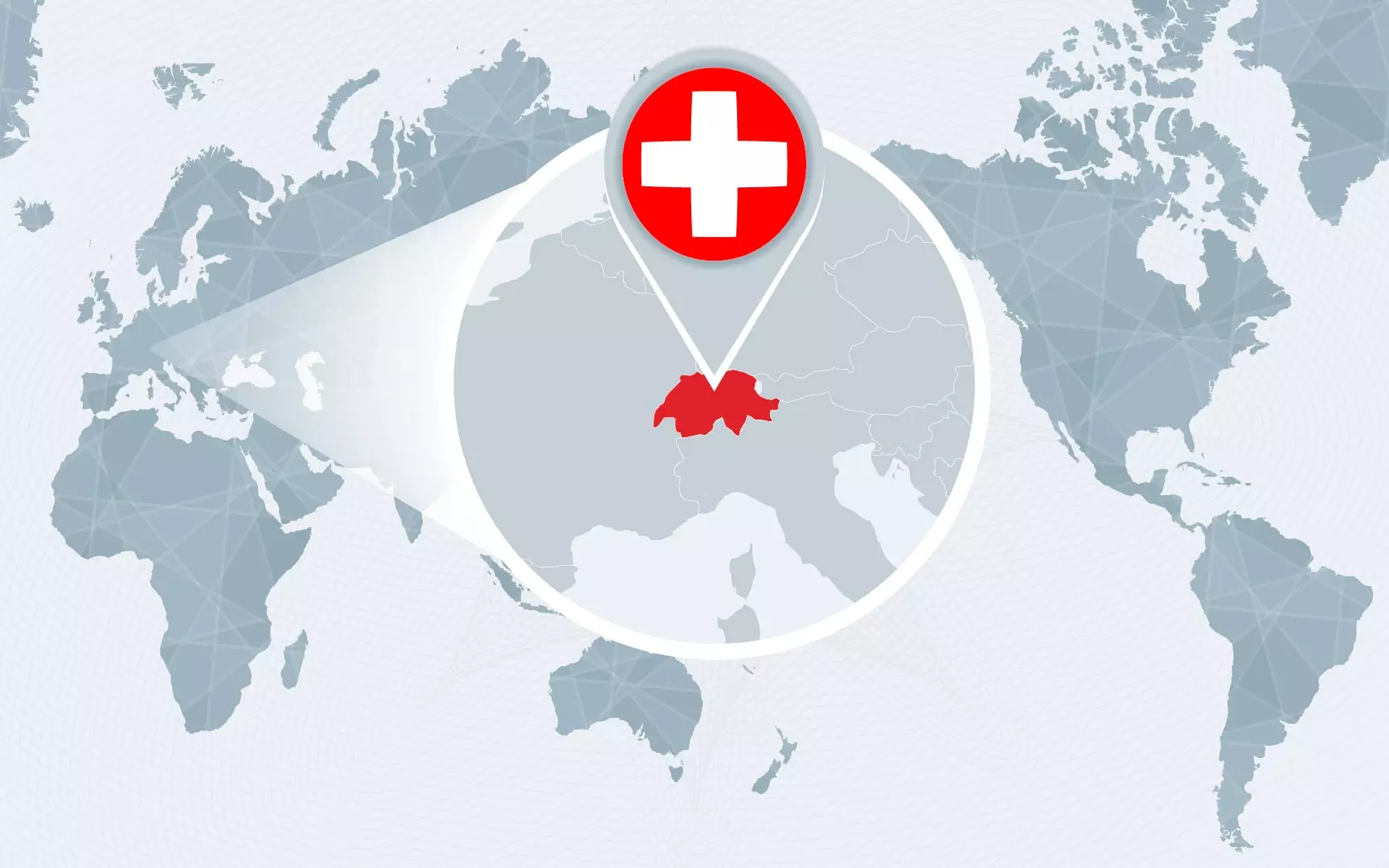

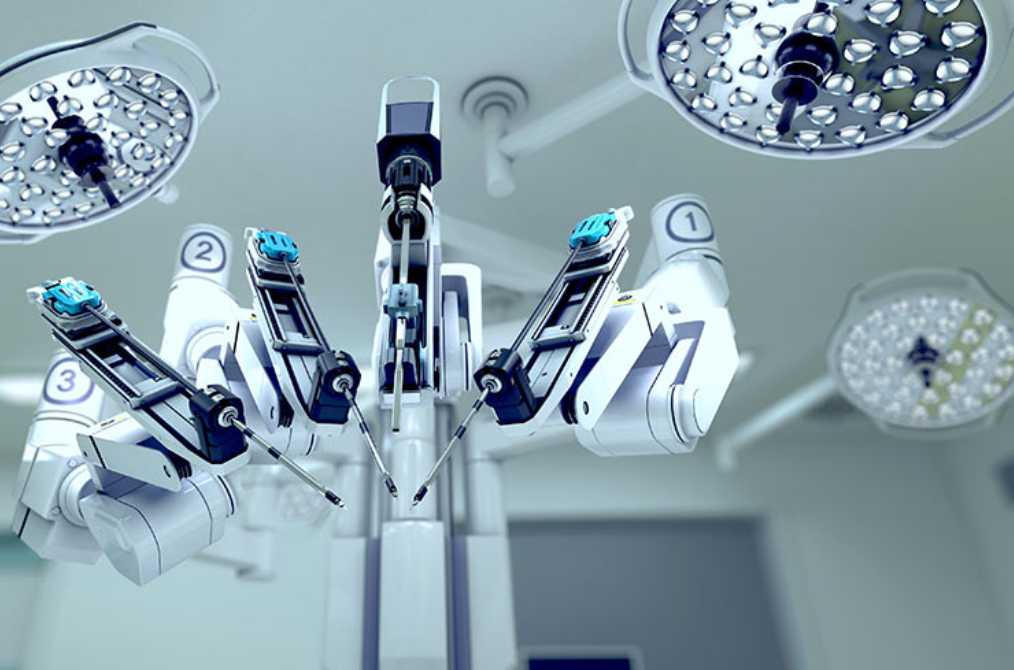
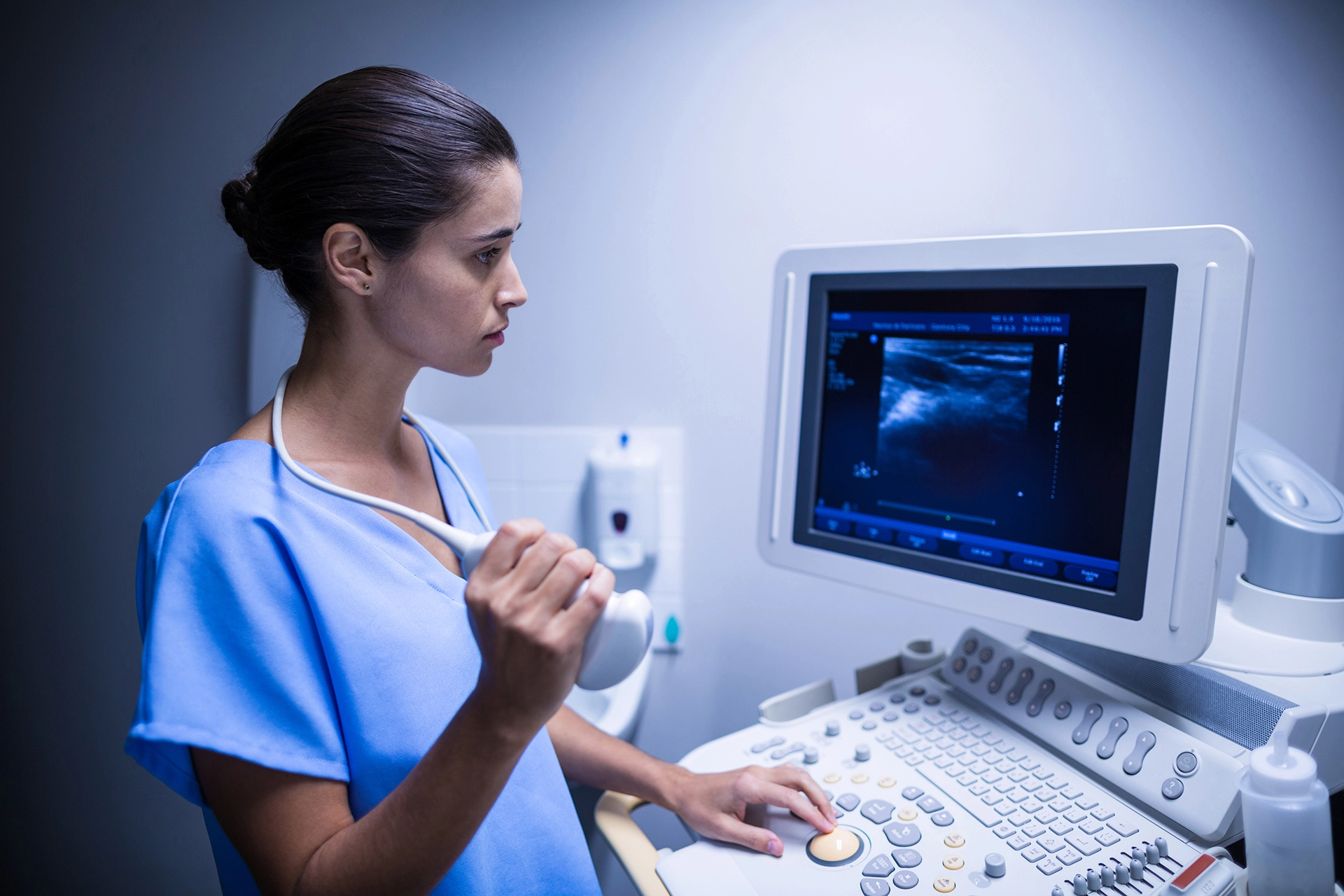

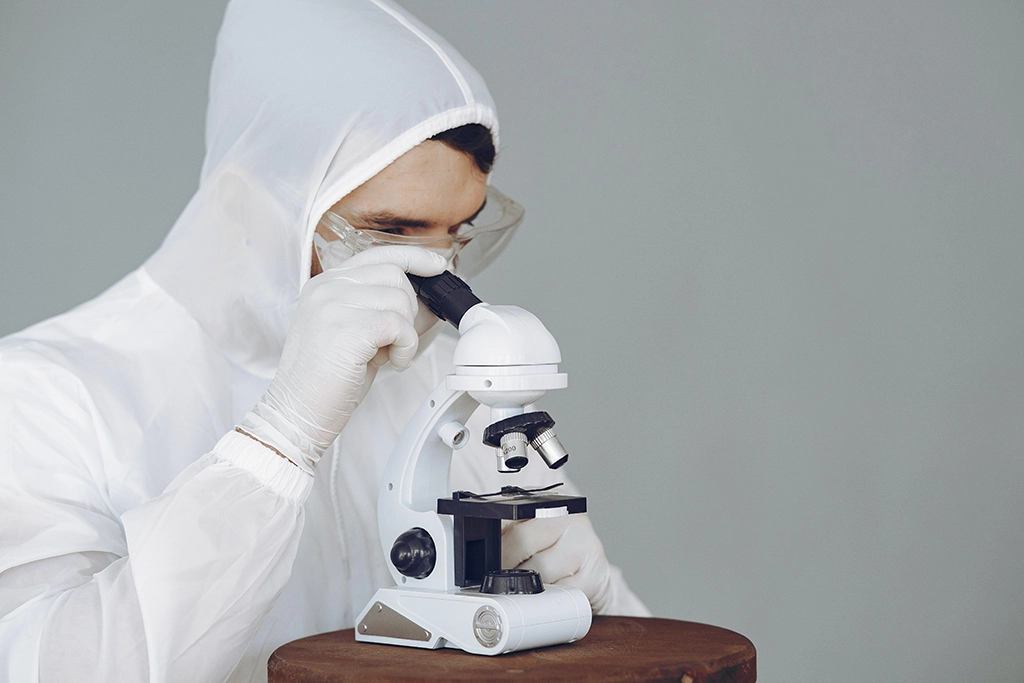
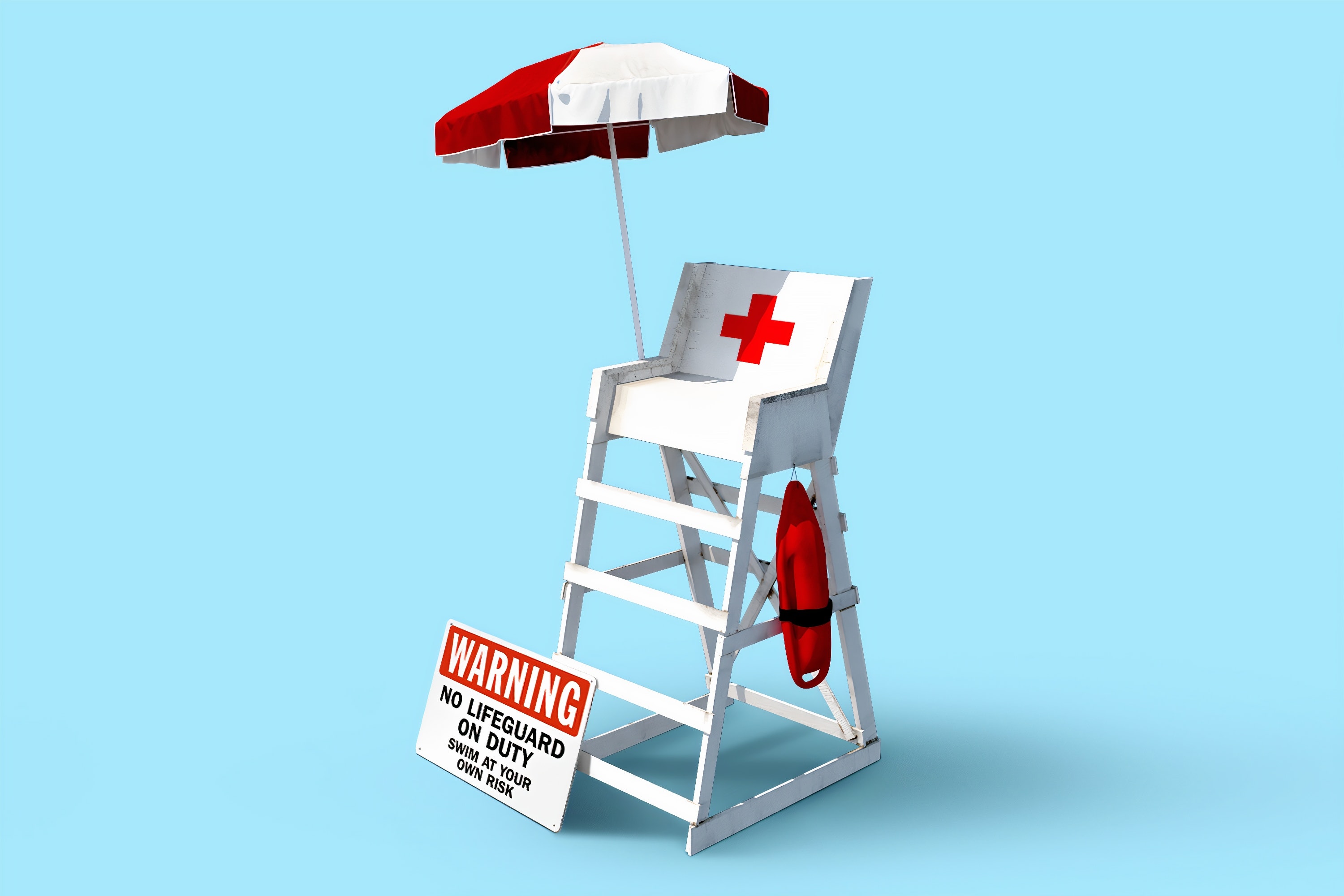



Comments